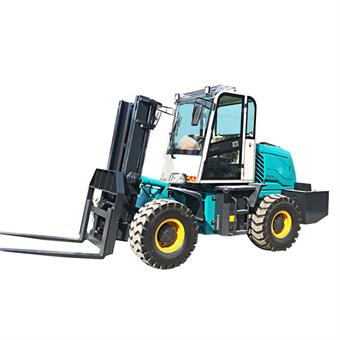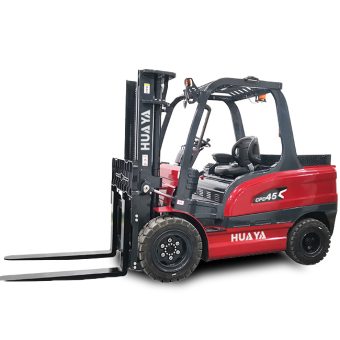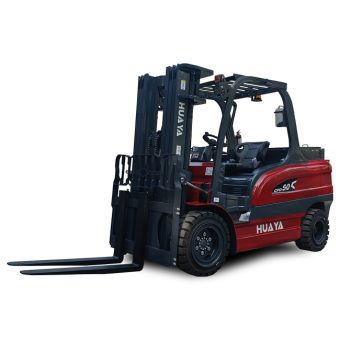
News
Material handling in warehouses and industrial settings has undergone a revolutionary transformation, thanks to the versatility of forklifts. These powerful machines come in various types, each designed for specific tasks and environments. In this article, we delve into the intricacies of 7 different types of forklifts, shedding light on their unique features and applications.
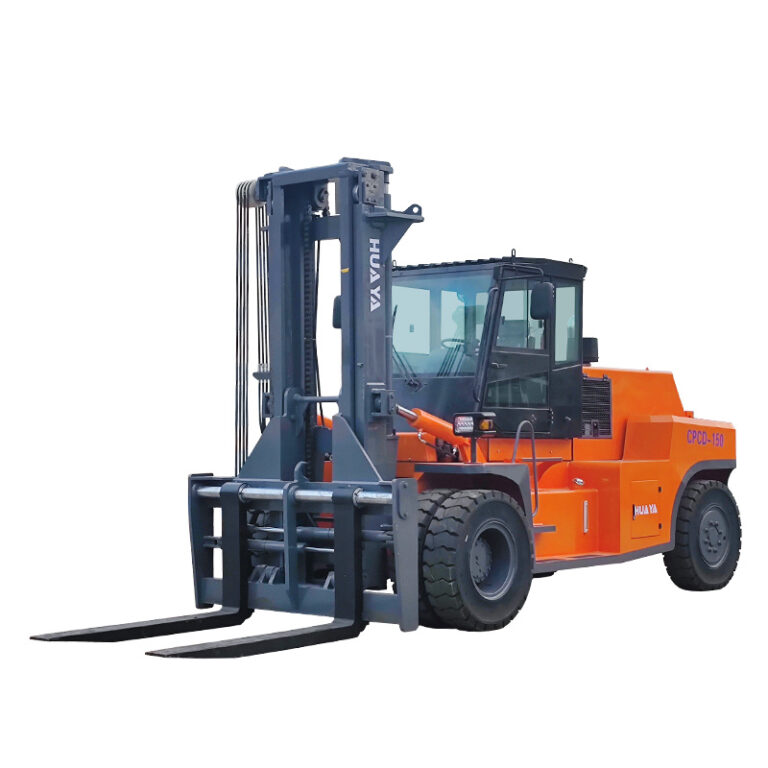
Counterbalance forklifts are the workhorses of warehouses, balancing heavy loads with ease. Featuring a weight at the rear to offset the load's weight at the front, these forklifts are ideal for indoor use and come in electric and gas-powered variants.
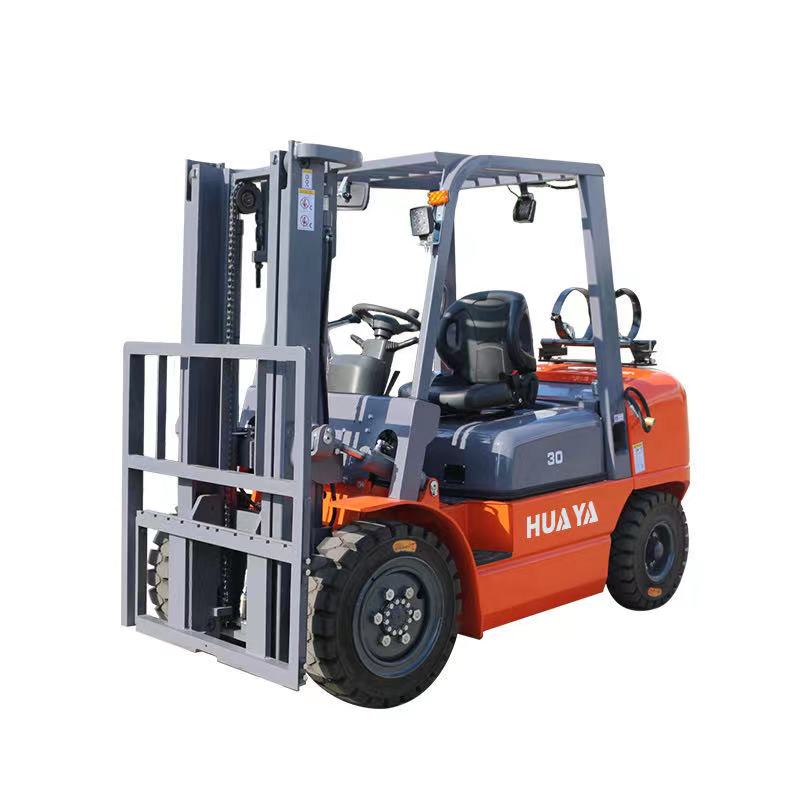
For high-reaching tasks, reach forklifts are the go-to solution. With extendable forks, they can reach greater heights while maintaining stability. These forklifts are perfect for narrow aisles and tight spaces, providing efficiency in vertical storage systems.
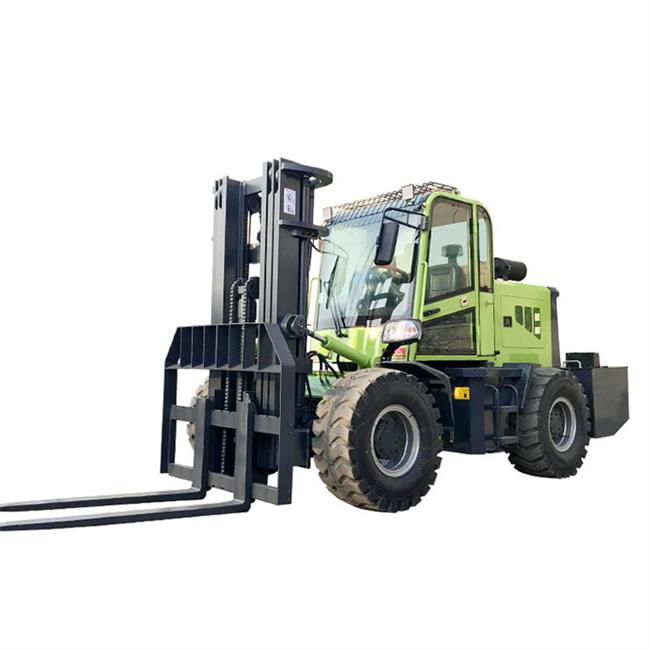
When the terrain gets tough, rough terrain forklifts excel. Built with robust tires and a sturdy frame, these forklifts navigate uneven surfaces with ease. Commonly used in construction sites and outdoor storage yards, they ensure smooth operations even in challenging environments.
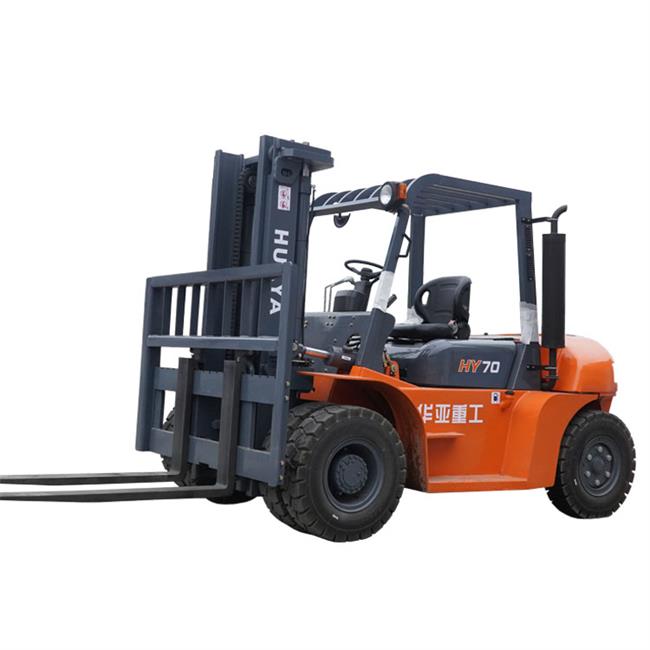
Industrial forklifts are the backbone of heavy-duty lifting in manufacturing facilities. With powerful engines and the ability to handle substantial loads, these forklifts are designed for intense industrial applications, ensuring productivity and efficiency in material handling processes.
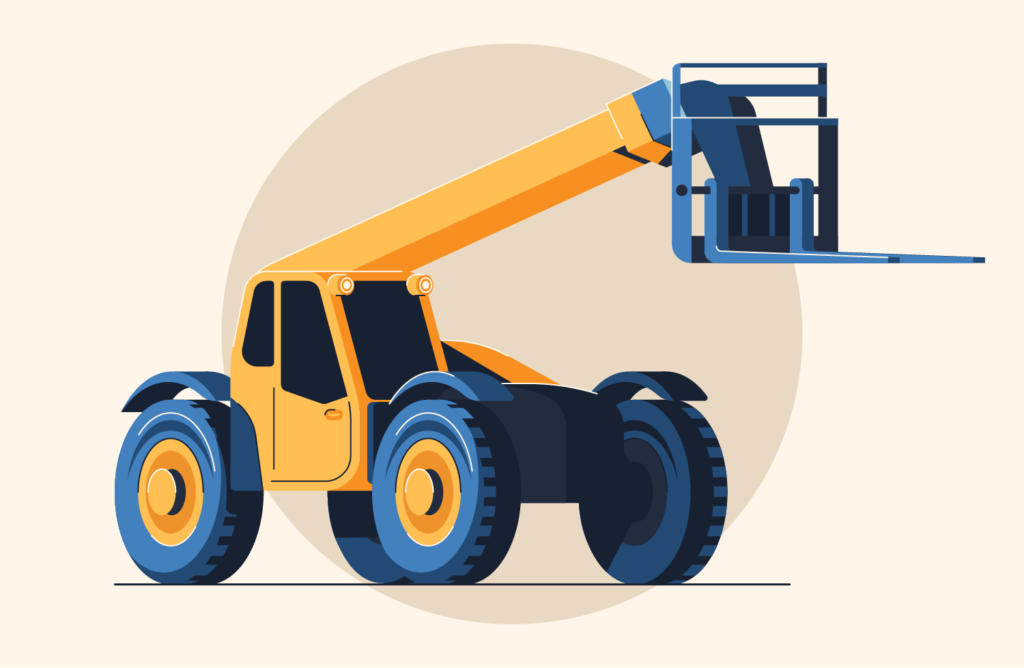
Telescopic handler forklifts, also known as telehandlers, offer versatility in both lifting and reaching. Equipped with a telescoping boom, they can extend forward and upward, making them invaluable in construction projects and tasks requiring extended reach and flexibility.
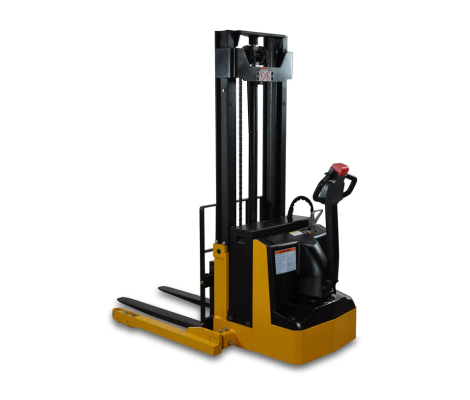
Compact and maneuverable, walkie stacker forklifts are designed for smaller spaces. Operated by walking behind the machine, they are excellent for stacking and retrieving loads in confined areas, making them popular choices for retail and warehouse environments.

Efficiency is paramount in order fulfillment, and order picker forklifts are tailored for this purpose. With a platform for the operator to ascend, these forklifts are perfect for picking items from high shelves in distribution centers and large retail spaces.
A: While counterbalance forklifts are primarily designed for indoor use, some models are suitable for outdoor applications. It's crucial to check the specifications and choose the right tires for outdoor use.
A: While rough terrain forklifts are commonly used in construction, they are versatile enough to handle various outdoor tasks. Their robust design and all-terrain capabilities make them suitable for agriculture, landscaping, and more.
A: Walkie stacker forklifts stand out for their compact size and maneuverability. They are designed for tight spaces, allowing operators to easily navigate aisles and efficiently handle stacking and retrieving tasks in confined areas.
A: Order picker forklifts are designed for picking items from shelves rather than handling heavy loads. Their primary focus is on efficiency in order fulfillment by providing operators with easy access to products at various heights.
In conclusion, the world of forklifts offers a diverse range of options to cater to specific material handling needs. Whether you require the robustness of industrial forklifts or the versatility of telescopic handler forklifts, there's a forklift designed to optimize your operations. Understanding the unique features of each type empowers businesses to make informed choices, enhancing efficiency and productivity in the ever-evolving landscape of material handling.
